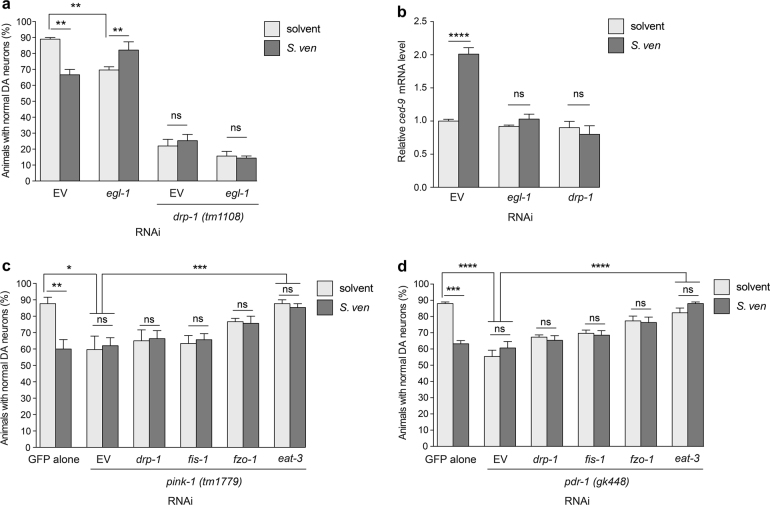Fig. 5. Exposure to S. ven metabolite is associated with cell death.
a Reduction of egl-1 (RNAi) caused neurodegeneration in comparison with EV solvent control; however, addition of metabolite showed significant reduction of neurotoxicity. Under the drp-1(tm1108) mutant background, the animals exhibited severe neurodegeneration, and the addition of metabolite did not cause further neurodegeneration in EV solvent control or egl-1 RNAi. These data are presented as mean ± S.E.M.; n = 30 animals per replicate, three independent replicates; one-way ANOVA with Tukey’s post hoc test for multiple comparisons. **P < 0.01. b ced-9 mRNA levels were measured by qRT-PCR. Metabolite exposure resulted in a significant increase in ced-9 transcriptional activity compared to EV solvent control, however, there was no significant change in ced-9 expression level when egl-1 or drp-1 was depleted (RNAi). Data are represented as mean ± S.E.M; three replicates comprised of at least 100 animals each; one-way ANOVA with Tukey’s post hoc test for multiple comparisons. ****P < 0.0001. c, d A dopaminergic (DA) neuron RNAi-sensitive strain with GFP expression in DA neurons was crossed to strains harboring mutant alleles for pink-1(tm1779) or pdr-1(gk448). Homozygosity was confirmed by PCR. Loss of either pink-1(tm1779) (c) or pdr-1(gk448) (d) function enhanced DA neurodegeneration with or without metabolite compared to GFP only solvent control at day 9 post-hatching. RNAi knockdown of eat-3 resulted in significant resistance to both pink-1 (c) and pdr-1-induced (d) neurotoxicity. Data presented as mean ± S.E.M.; n = 30 animals per replicate, three independent replicates; one-way ANOVA with Tukey’s post hoc test for multiple comparisons. *P < 0.05, **P < 0.01, ***P < 0.001, ****P < 0.0001.

